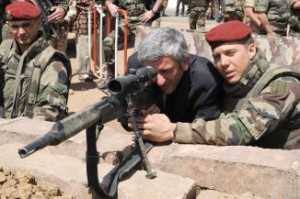 This month marks the 14th anniversary of the Rwandan genocide, which is commonly considered to have begun on April 6, 1994. One aspect of the genocide that has received little attention in English-language media is the close relations that existed between the French military and the armed forces of the “Hutu Power” Rwandan government.
This month marks the 14th anniversary of the Rwandan genocide, which is commonly considered to have begun on April 6, 1994. One aspect of the genocide that has received little attention in English-language media is the close relations that existed between the French military and the armed forces of the “Hutu Power” Rwandan government.
In collaboration with the pro-government Interahamwe militias, Rwandan army officials are held to have been largely responsible for organizing the massacres perpetrated against the Tutsi civilian population and moderate Hutu from April to July 1994. The massacres are estimated to have claimed some 800,000 lives. They took place against the background of a civil war between Rwandan government forces and the Rwandan Patriotic Front (RPF): a rebel force led by Paul Kagame, the current Rwandan president.
In light of France’s support for the Rwandan government of the time and the ambiguities of the allegedly “humanitarian” mission — dubbed “Operation Turquoise” — dispatched by France to Rwanda in June 1994, victims groups and critics of French African policy have long accused the French government of complicity in the genocide. Their efforts led to the formation in 2004 of a “Citizens’ Commission of Inquiry” on the French role in the Rwandan genocide.
One such critic was the late Jean-Paul Gouteux. In August 2005, he spoke with the alternative Canadian publication, The Dominion, about the origins of the Rwandan genocide, the French role in the Rwandan crisis, and what he describes as the “collusion” of the leading French media of the time in covering up the true nature and extent of the violence. World Politics Review here presents Vivien Jaboeuf’s interview with Jean-Paul Gouteux for the first time in English.
Initially, most of the French media described the Rwandan conflict of 1994 as the product of an age-old cultural antagonism between Hutu and Tutsi. From a religious or social or linguistic or historical point of view, can one say that Hutu and Tutsi are two distinct ethnic groups?
Hutu and Tutsi are social categories, which in the past were determined by their respective sorts of work activity: cattle raising in the case of the Tutsi and farming in that of the Hutu. They speak the same language and they have the same culture. Nowadays, this distinction between farmers and cattle breeders no longer makes any sense. But little by the little the “racializing” vision of the German and then Belgian colonial administrators — and, above all, of the Catholic Church — took hold. The categories were adopted and given a racial interpretation by the Belgian colonialists, who had them included on Rwandan identity cards. Mgr. Perraudin, the representative of the Vatican in Rwanda, spoke of Hutu and Tutsi “races.” He was one of the initiators of the ethnically-based “revolution” that would lead to the first massacres of Tutsi civilians in the early 1960s.
Historically, over the course of centuries, the wars that permitted the Kingdom of Rwanda to expand pitted the Rwandan army — including Tutsi, Hutu and Twa — against other armies from the different kingdoms in the region. The tradition of conflicts between Hutu and Tutsi, which has been frivolously presented as the explanation for the genocide, simply does not exist. It is part of the propaganda that has been used to foment such conflicts.
The supposed ethnic conflict was an ideological construct, then, which served the political purposes of the government of the time and extremist groups?
The act of designating a scapegoat — in this case, the Tutsi civilian population — is eminently political. It is an old recipe, which has been constantly used, to the point of being worn out, by European populist and fascist movements. The two successive Hutu republics — the first dominated by the Hutu of the center of the country and the second by the Hutu from the North — made ample use of this “weapon of mass manipulation.” With the advent of Hutu Power, a racist movement that transcended the political parties, this dangerous development took the form of a sort of “tropical Nazism” that led to the genocide of the Tutsi population in 1994.
The racializing vision of the colonizers ended up being adopted in its entirety by Rwandan intellectuals — though certainly much less so by ordinary people. If the political leadership was able periodically to organize anti-Tutsi pogroms by exacerbating ethnic hatreds, it is because numerous Hutu intellectuals accepted this and found in it a means of upholding their own convictions in all good conscience. In effect, it was these intellectuals that benefited from the exclusion of Tutsi from the competition for administrative posts. There is thus a complicated interplay between, on the one hand, the manipulation of racist sentiment by those in power — which allows social problems to be obscured through the designation of a scapegoat — and, on the other, the interests of those who derive small privileges from this process and thus accept it and or even push it still further.
Rwandan victims of the genocide have even filed a criminal complaint “against x” [i.e. against persons unnamed] in the French courts. Do you really think that French political or military leaders could some day face trial and that France could some day make a public apology to the victims of the genocide?
It is my profound conviction that the truth about a genocide cannot be entirely hidden. The phenomenon of genocide is too grave a matter and it appeals to the conscience of humanity as a whole. There are those who think that the consequences of their political turpitude will never be known, because they played themselves out in the “black hole” that is Africa: the “heart of darkness,” as Joseph Conrad put it. But they are mistaken.
The complaint filed by the Rwandan victims is thus of fundamental importance. From how it is handled, we will see the state of the information available in France and also the state of people’s consciences: both of the judges and of the broader public. But there will be other suits filed, as there will be other revelations: still more embarrassing ones for the French state.
THE ROLE OF THE FRENCH MEDIA . . .
A decade after the genocide and after so many years of militating by victims and associations, the seriousness of French complicity is only starting to come out. Has the media had much to do with the length of time it has taken to sensitize the public and politicians to the issue?
As far as Africa is concerned, there is a journalistic tradition [in France] that consists in limiting information to ethnic cliches, without any analysis worthy of the name, and above all of transmitting the terms of French African policy without any criticism. The French media are never interested in any background questions concerning Africa. The image that they cultivate is one of ethnicity and tribalism: that is to say that they only speak of the form and the means of this sort of political manipulation, but not of the manipulation itself. In France, the media are obedient to authority and public opinion is always controlled. That could change.
European public opinion has to liberate itself from French expertise concerning Africa. One can envisage two possibilities: Either Europe refuses the hegemony of the French elites over African policy and it thus becomes the motor of a change in French public opinion; or our specialists, the diplomats and their networks, are able to control African policy. This would be a catastrophe for which Africa would pay a heavy price.
Back in 1994, we were enveloped by this sort of insidious disinformation. Looking back in light of the horror of what occurred and the enormity of the tragedy that played itself out over the course of three months in Rwanda, it is shocking to re-read the French press from this period. The coverage was minimal. Of course, this means that the press bore responsibility in the matter. There were two ways to prevent the tragedy from happening. The first would have been to reveal its extent starting in April 1994 and thus to have induced public opinion to demand that the intolerable crimes be stopped. The second was to reveal the involvement of French authorities, who would have then been forced to control their genocidal allies. Neither was done. The press and the other French media were above it all and remained true to their usual habits as concerns Africa.
In your book Le Monde, un contre-pouvoir? [“Le Monde, a Check on Power?”], you severely criticize the methods of disinformation and manipulation used with regard to the Rwandan genocide and, in particular, the dishonest attitude of newspaper correspondents. Among other things, you say: “[The newspaper] Le Monde, inasmuch as a docile instrument [of French policy in Rwanda], shares responsibility for the lack of comprehension of the French and their passivity in face of the horror that was occurring.” The conclusions of the Citizens’ Commission of Inquiry qualify such accusations. The commission report says: “Most correspondents did their job and reported the facts . . . they did not hide the responsibility of France from 1990 onwards.” And then it continues: “Nonetheless, some correspondents and editorial writers and Parisian editorial boards tended to transmit a discourse demonizing the RPF . . .” Do you agree with this analysis?
Not exactly. In the first place, I don’t think there was a “responsibility of France” as such. It is a matter rather of the responsibility of various French political and military leaders, who were involved in a close collaboration with a pre-genocidal and then outright genocidal state. If we speak simply of “France” as such, we avoid having to identify them and we avoid having to analyze their individual responsibilities. The use of this global expression clearly reveals the limits of the commission or rather the intentions of some of its members: notably those who worked on the section on the media. But happily the facts are there and they have the last word.
The media’s obfuscation of the genocide was a very consensual process and it continued until 1998. The silence was broken by a series of articles published by [the journalist] Patrick de Saint-Exupery in Le Figaro at the start of 1998. Theses articles emancipated the press and led the French parliament immediately to form a commission of inquiry to stamp out the scandal. Obviously, there are distinctions to be made as concerns the responsibility of the press. To point out, as I have, the disinformation published in a newspaper like Le Monde, does not prevent one from recognizing that there are excellent journalists who work for the paper and that there are some very good articles that are written.
Do you think that the disinformation could also have its origins in a certain discordance between the points of view of journalists and editors? Or that maybe it’s a problem of the journalists being ignorant about the historical, social and political context of the events?
It is clear that a kind of journalistic collusion exists and that politicians and media people — that is to say, journalists, editors in chief, publishers and owners — maintain obscenely close relations. The collusion between Le Monde and the head of the French secret services, the DGSE, was even made public and admitted by a director of the DGSE himself, Claude Silberzahn. He has written that the director of Le Monde, Jean-Marie Colombani, and Colombani’s specialist in military affairs were “his friends” with whom he “plotted” some good campaigns in the media.
But there are also other journalists who avoid playing this sort of game with the agents of state power. In 1994, Corinne Lesnes, for example, wrote some very good articles for Le Monde, which undertook an analysis and furnished some elements that were indispensable for understanding the crisis. I should add — and I know this from a common friend — that her work was subjected to so much censorship on the part of the editors that she was brought to the point of tears.
The Frontier Telegraph

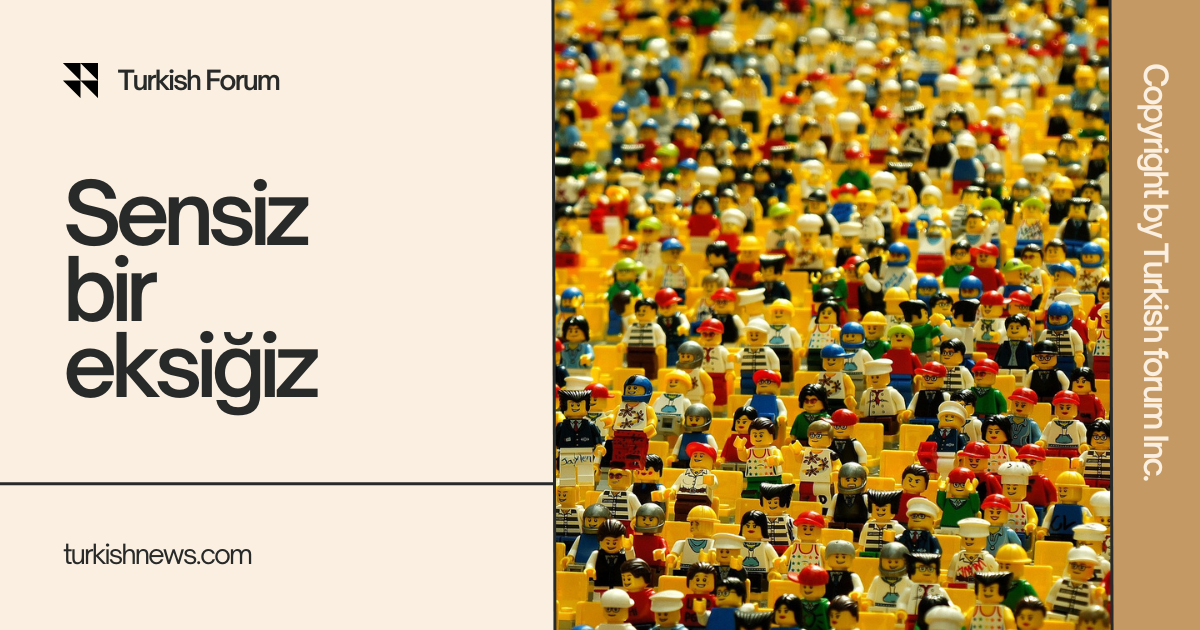
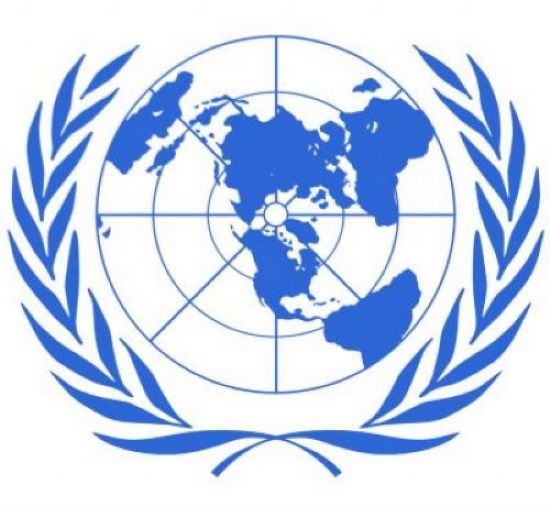
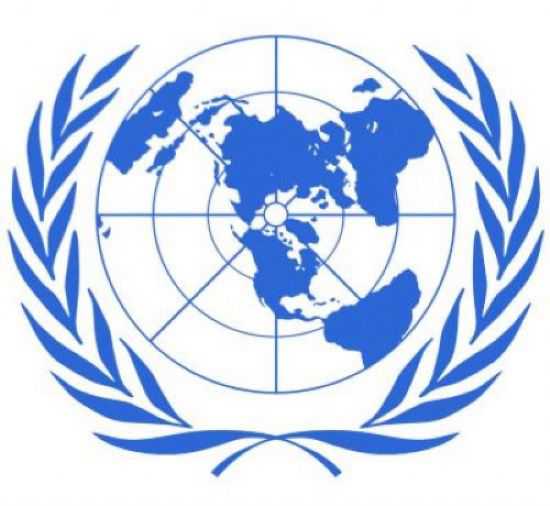 by Laura Burke
by Laura Burke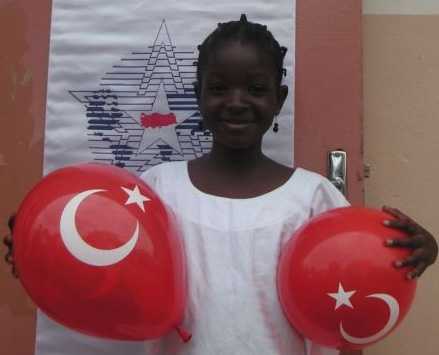
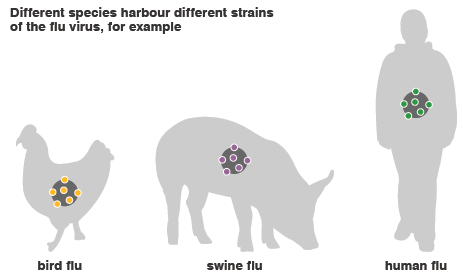





 Q&A
Q&A Eyewitness map
Eyewitness map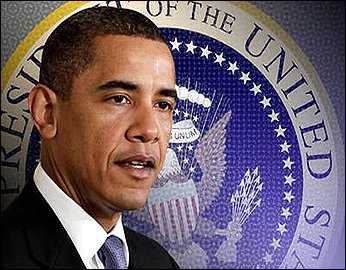
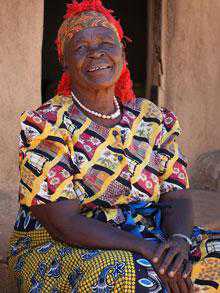 […] Barack Obama was born in 1961, the son of a Kenyan father and American mother who had met at a university in Hawaii.
[…] Barack Obama was born in 1961, the son of a Kenyan father and American mother who had met at a university in Hawaii.